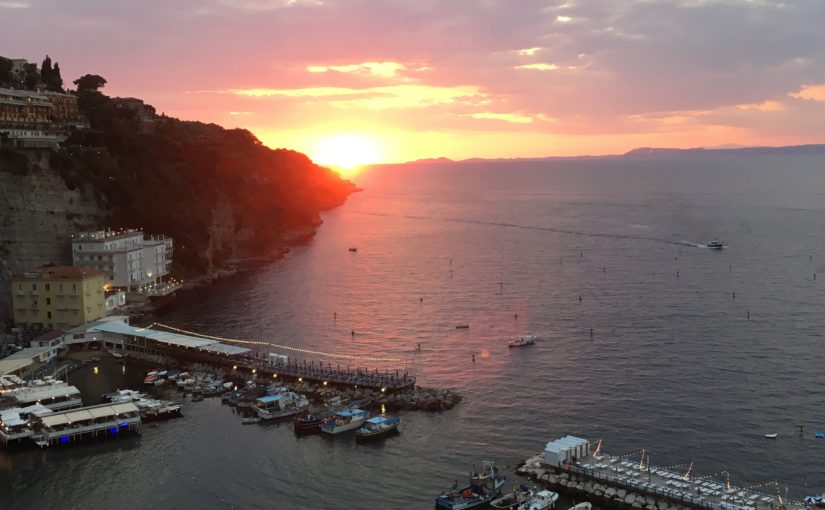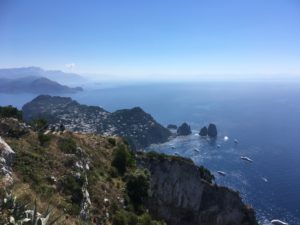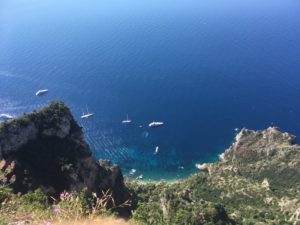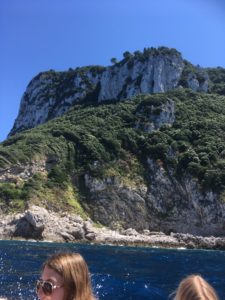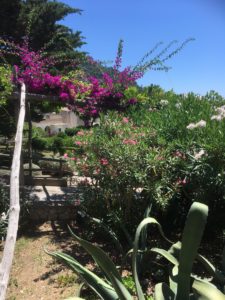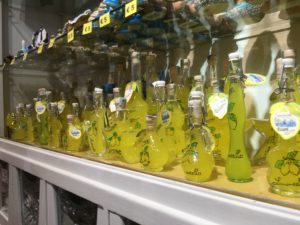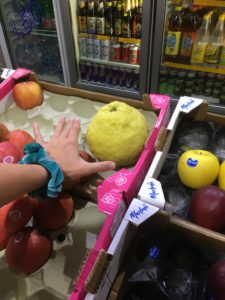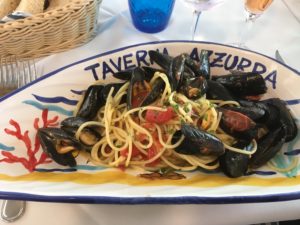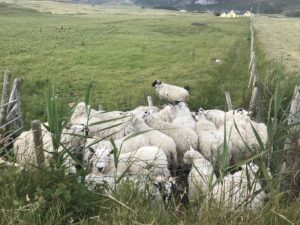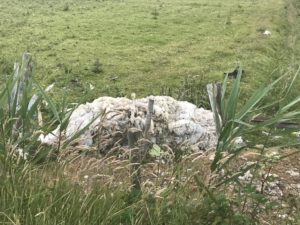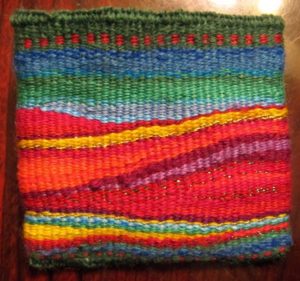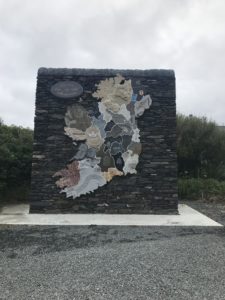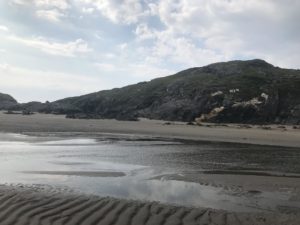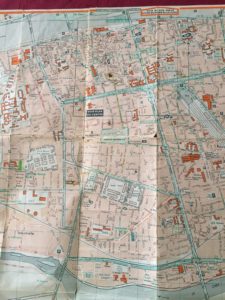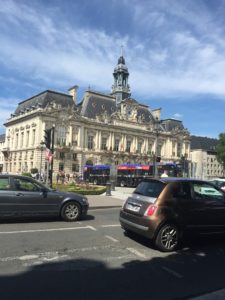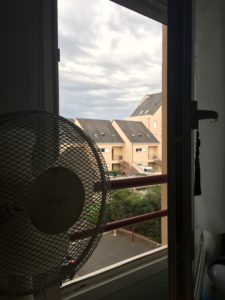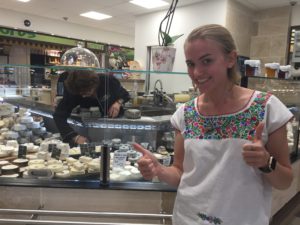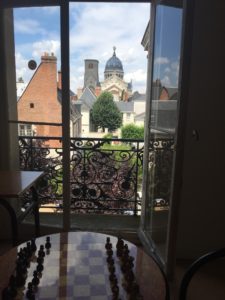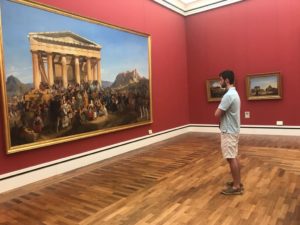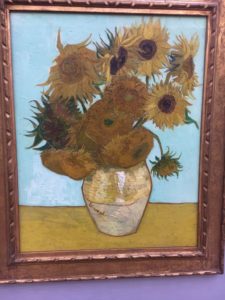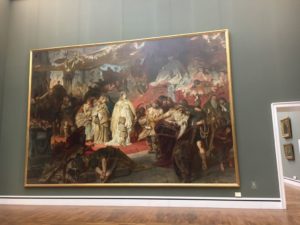Today we visited the Colosseum — or the Flavian Amphitheater, as I like to call it when I want to show off my knowledge of the fact that the word “Colosseum” really refers to the giant statue of Nero that used to stand on that spot.
Whatever the structure is called, today it played host to a deadly debate concerning this question: “Were the gladiatorial games good for the city of Rome?” There was only one complication: the debate was entirely in Latin.
Two people represented each class in this smackdown of Homeric proportions. I very much enjoyed helping to craft snappy phrases for my spokesmen condemning the atrocities of the gladiatorial games, but primarily I just felt honored to witness the battle of wits. Speakers skilled as Cicero, working entirely from memory or the inspiration of the Muses, vituperated and vilified and vied for glory. There was logos and there was unapologetic pathos; there were syllogisms and there were shameless ad hominem attacks. One of my favorite moments was when Rex compared Hibernia, whose name is derived from the Latin word for winter, to Elsa, the Disney queen with a frozen heart. My absolute favorite moment was when Peter was passionately painting a picture of a peaceful Rome only to be interrupted by a security guard who asked him why he was yelling, what language he was speaking, and if he was drunk.
We continued a debate even older than the venue we inhabited. Our orators interacted with the writers, thinkers and orators of the past, discussing Augustine’s moral condemnation of the gore of the games, Seneca’s stoic disdain for the mob, Virgil’s infernal discussion of what it means to be Roman, and Martial’s suggestion that virtue can be found in the viscera of the ring. Particularly moving was John’s narration of Pliny’s disgust at the slaughter of elephants in the Colosseum. By the end of his speech, we were all chanting “Vivant elephantes!”— “let the elephants live!” I’m sure the guard was not the only one who thought that we were drunk.
Though we had been assured that gelato awaited the victors of the debate and death awaited the conquered, the spoils went to all. We went as a group to Gelateria La Romana— as essential an experience for the modern visitor to Rome as the gladiatorial games for the ancient one. The gelato was preceded by a rollicking round of Latin karaoke. I particularly enjoyed the song adaptation “Quidni Me Voces?”— “Call Me Maybe.”
Today, as every day yet, reinforced my pride to be a part of this program and a fledgling member of the spoken Latin community (the Latinosphere, as my teacher calls it). I am blessed to be able to learn from and with these scholars so skilled in the Latin language, so passionate about its past and future, and so eager to share it.
